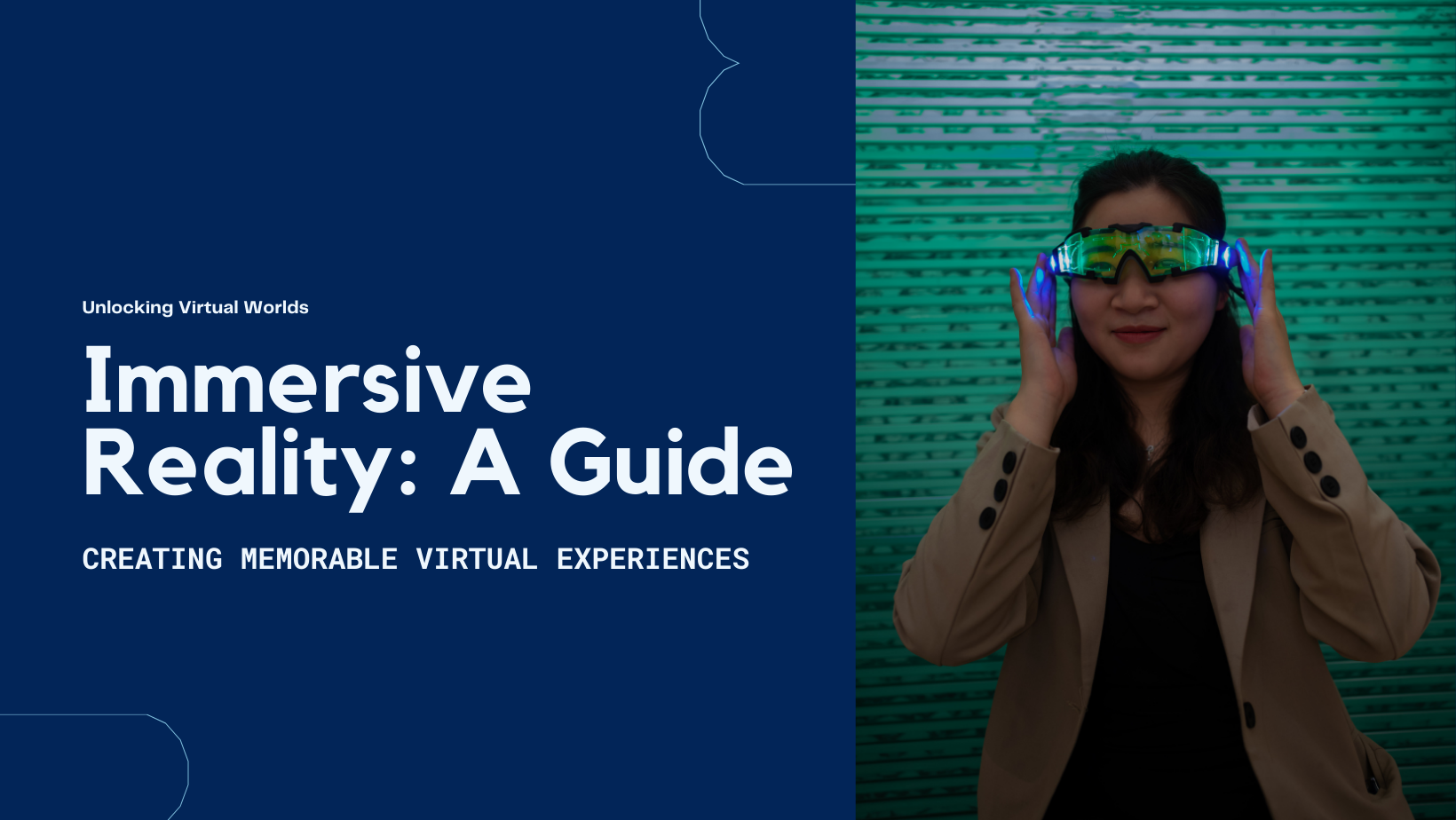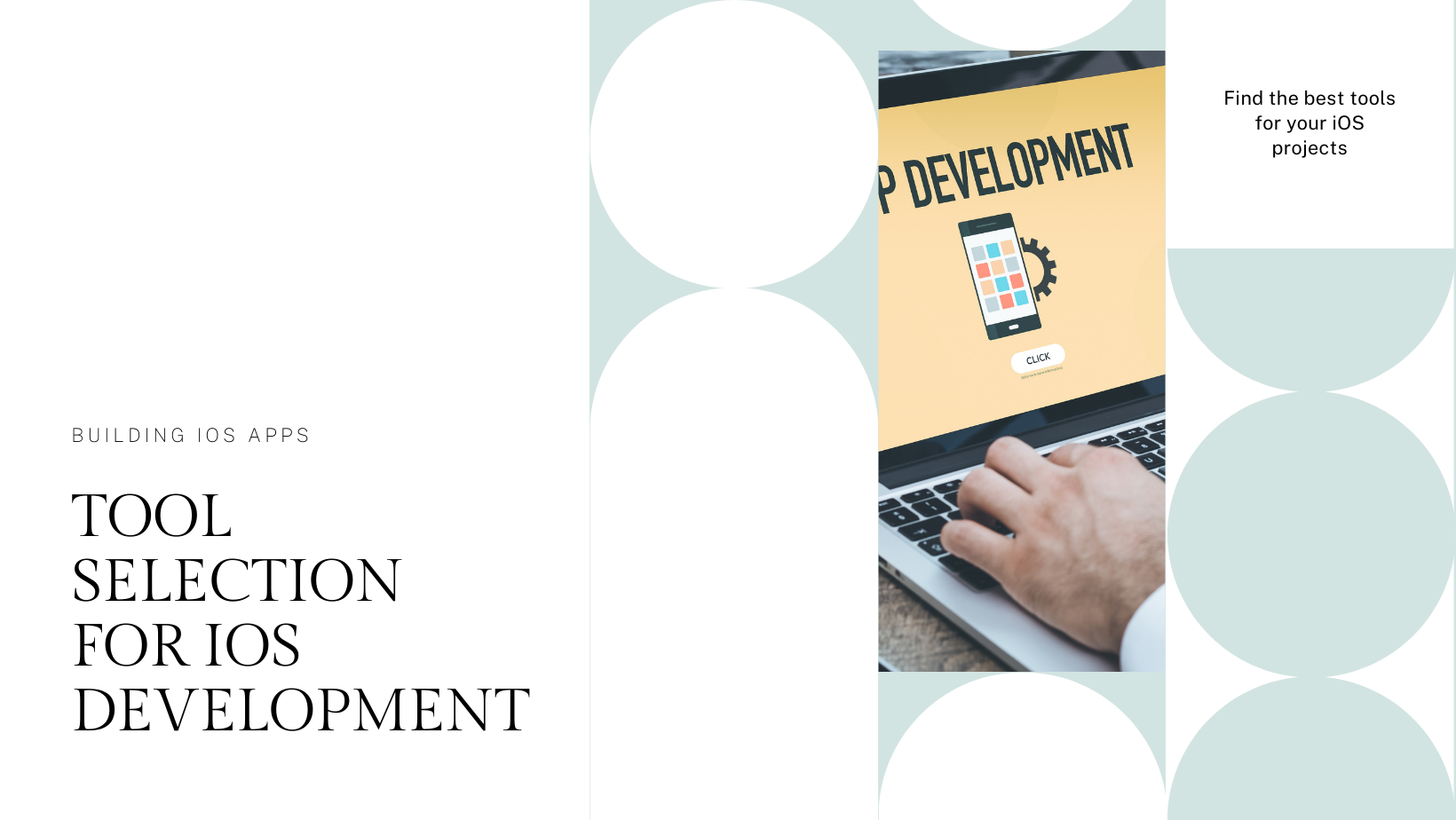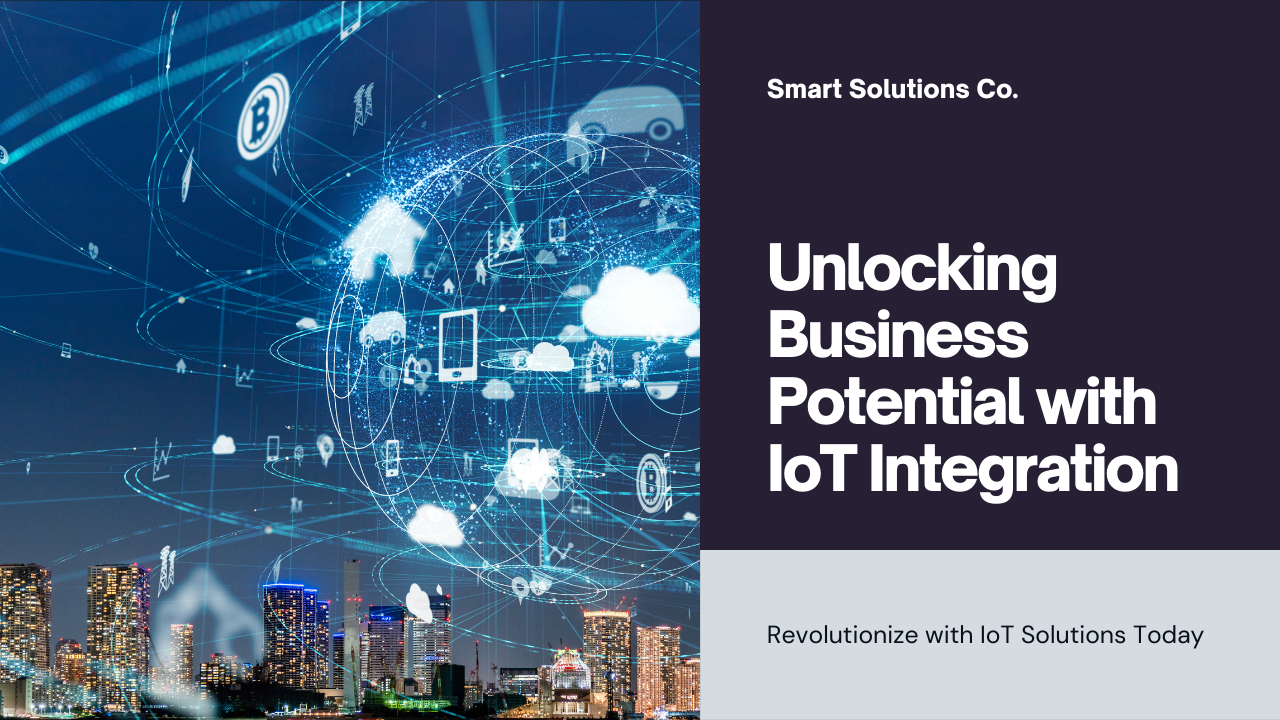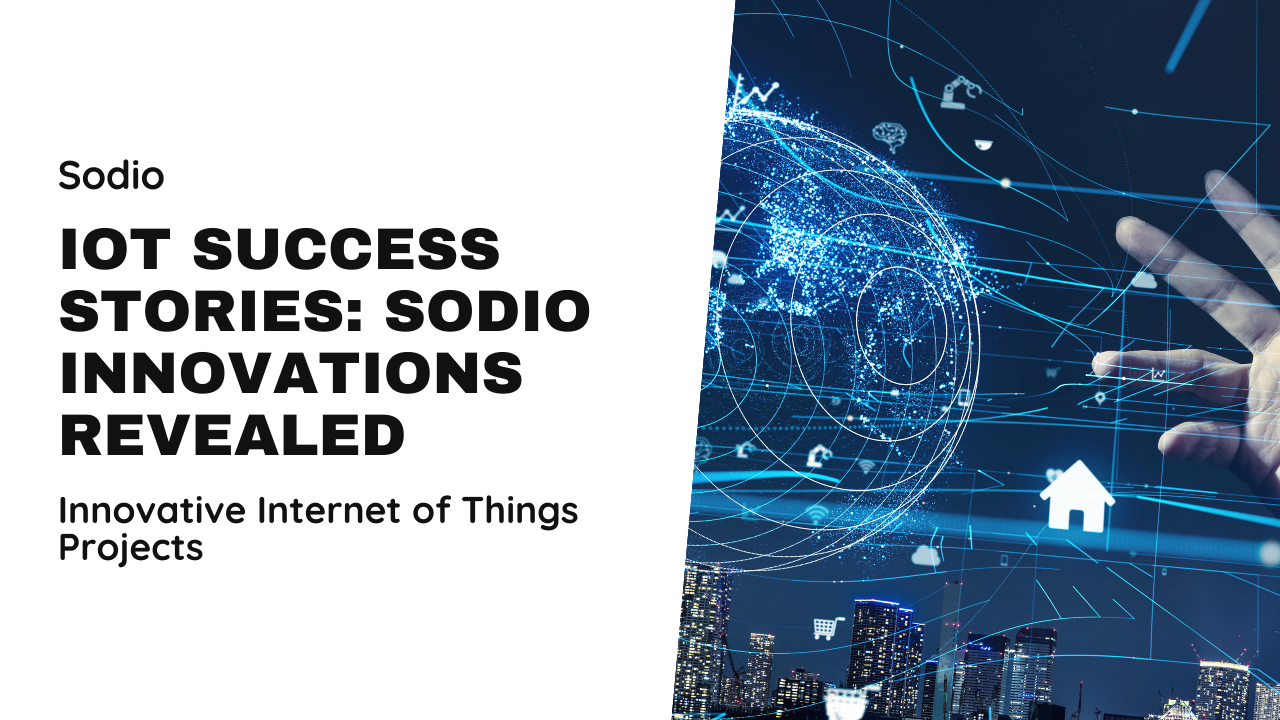Augmented Reality (AR) and Virtual Reality (VR) have revolutionized user experiences across industries, offering immersive and interactive environments that blend digital content with the real world or simulate entirely virtual scenarios. Sodio Technologies excels in developing cutting-edge AR/VR solutions that engage users and deliver impactful experiences. This blog provides a comprehensive guide on creating immersive AR/VR experiences, covering essential techniques, technologies, and best practices.
Understanding AR and VR Technologies
1. Augmented Reality (AR)
AR enriches the user’s real-world environment by overlaying digital information, such as 3D models, text, or animations, onto physical objects or spaces. AR enhances perception and interaction, providing contextual information and interactive elements that augment real-world experiences.
2. Virtual Reality (VR)
VR immerses users in a simulated environment through VR headsets or goggles, enabling them to interact with and navigate through virtual worlds. VR environments can replicate real-world settings or create fantastical scenarios, offering complete sensory immersion and interactivity.
Key Steps to Create Immersive AR/VR Experiences
1. Define Objectives and User Requirements
Begin by defining the project’s objectives, target audience, and desired user experience. Understand user needs, preferences, and interaction expectations to tailor AR/VR experiences effectively. Conduct user research and gather feedback to inform design and development decisions.
2. Content Creation and Development
a. Storyboarding and Conceptualization
Create a storyboard or conceptual framework to outline the narrative, flow, and interactions within the AR/VR experience. Define scenes, user interactions, and key moments to guide content creation and development.
b. 3D Modeling and Animation
Develop 3D models, animations, and visual assets that align with the project’s narrative and objectives. Use software tools like Unity, Blender, or Maya to create realistic textures, lighting effects, and spatial audio cues that enhance immersion and user engagement.
3. Technology and Hardware Selection
a. AR Development Tools
Choose AR development platforms and tools based on project requirements and compatibility with target devices (e.g., smartphones, AR glasses). Platforms like ARKit (iOS), ARCore (Android), and Vuforia offer robust frameworks for AR content creation and deployment.
b. VR Development Frameworks
Select VR development frameworks, such as Unity or Unreal Engine, known for their scalability, real-time rendering capabilities, and support for VR peripherals (e.g., Oculus Rift, HTC Vive). Optimize performance and visual fidelity to ensure smooth VR experiences.
4. User Interface (UI) and Interaction Design
a. Intuitive Navigation and Controls
Design intuitive UI elements, navigation systems, and interactive controls that guide users through the AR/VR experience seamlessly. Implement gaze-based interactions, gesture controls, or handheld controllers to enhance user engagement and interaction feedback.
b. Spatial Sound Design
Integrate spatial audio techniques to simulate realistic soundscapes and directional cues within the AR/VR environment. Spatial sound enhances immersion by providing auditory feedback that corresponds to the user’s spatial orientation and interactions.
5. Testing, Iteration, and Optimization
a. User Testing and Feedback
Conduct iterative testing sessions with target users to gather feedback on usability, performance, and overall user experience. Use insights to refine content, optimize interactions, and address any usability issues or technical challenges.
b. Performance Optimization
Optimize AR/VR experiences for performance, ensuring smooth frame rates, minimal latency, and compatibility across devices. Implement asset compression, level of detail (LOD) techniques, and caching strategies to streamline content delivery and enhance user immersion.
Best Practices for Creating Immersive AR/VR Experiences
1. Embrace Interaction and Engagement
Encourage user interaction through gamification elements, interactive storytelling, and personalized experiences that captivate and retain user interest.
2. Accessibility and Inclusivity
Design AR/VR experiences with accessibility features, such as text-to-speech, color contrast adjustments, and scalable UI elements, to accommodate diverse user needs and ensure inclusivity.
3. Continuous Innovation and Updates
Stay abreast of AR/VR industry trends, technological advancements, and user expectations to innovate continuously and enhance AR/VR experiences with new features, content updates, and functionality improvements.
Conclusion: Elevating Experiences with Immersive AR/VR
Creating immersive AR/VR experiences requires a blend of creativity, technical expertise, and user-centric design principles. Sodio Technologies leverages its proficiency in AR/VR development to craft immersive solutions that redefine user engagement, enhance learning outcomes, and drive business success. By following this guide and embracing innovation, businesses can harness the transformative power of AR/VR to deliver compelling experiences that resonate with audiences globally.






